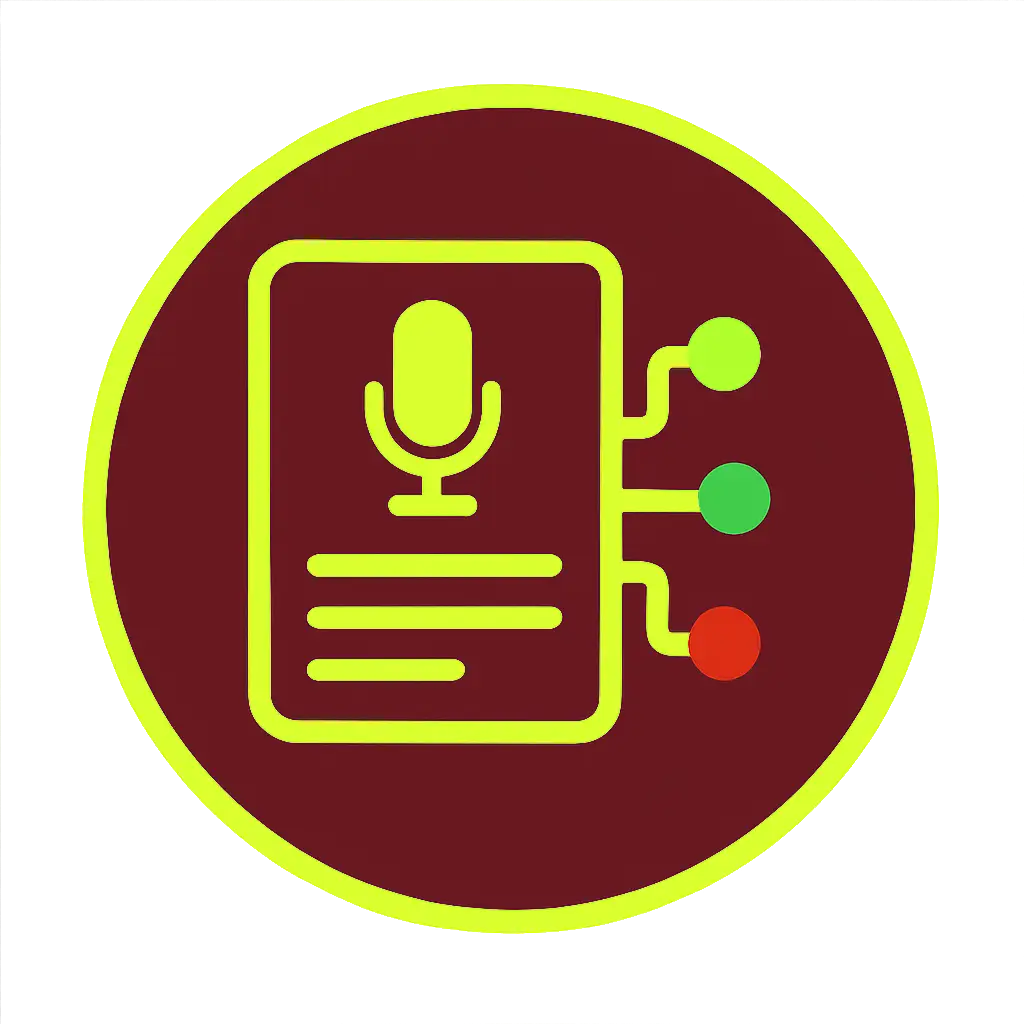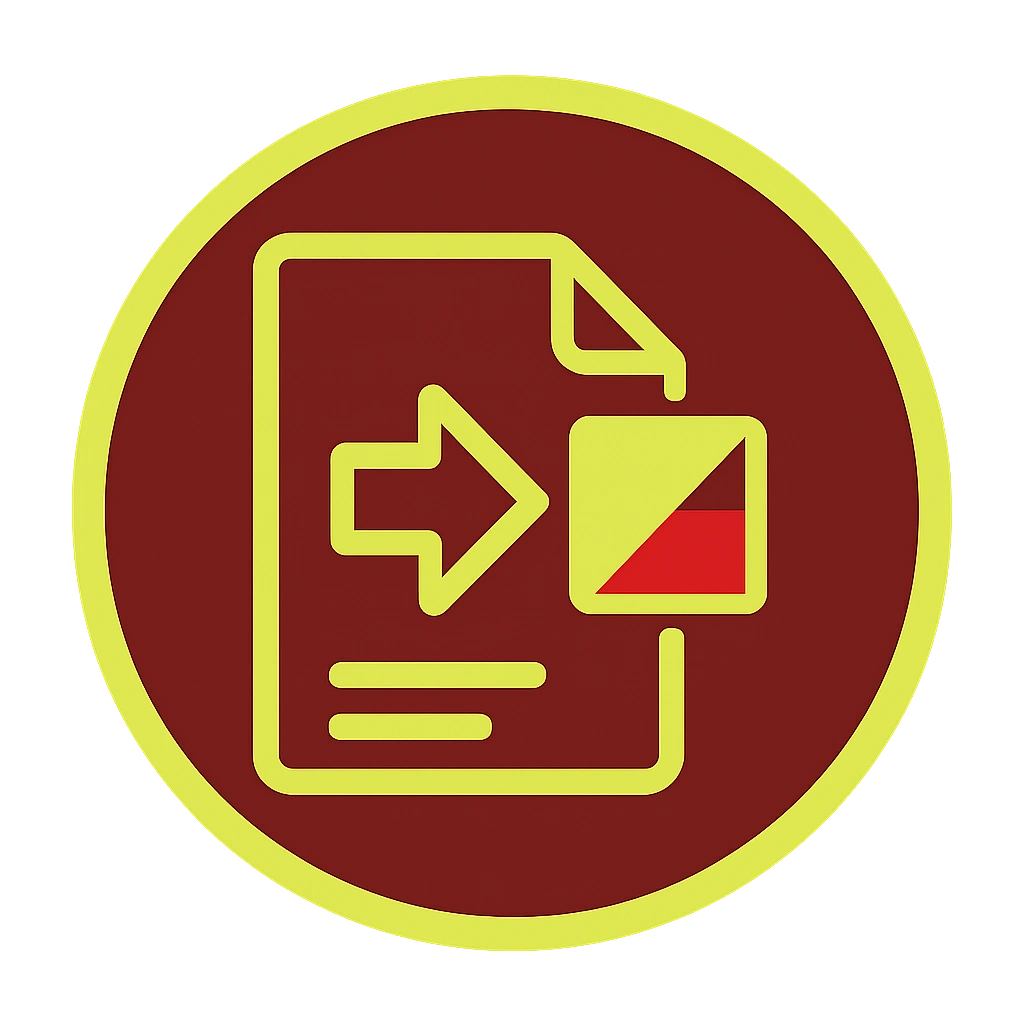
Understanding how your people feel has become one of the most valuable insights in modern business. In the age of remote work, hybrid teams, and digital collaboration, emotional awareness can’t rely solely on face-to-face interaction — it now requires data. That’s where sentiment intelligence comes in. Using AI-driven language analysis, HR teams can measure employee mood, detect burnout risks, and design more empathetic workplaces at scale.
This is more than a trend. It represents a fundamental shift in how organizations understand and respond to human emotion. People Operations teams are learning that sentiment is a performance indicator — one that correlates directly with engagement, retention, and innovation. Companies that can read emotional signals early are better equipped to prevent disengagement before it becomes turnover.
Why Measuring Employee Mood Matters
For decades, HR relied on annual engagement surveys, feedback forms, and manager check-ins to gauge morale. But by the time results came back, the data was already outdated. Today’s employees communicate across dozens of digital platforms — Slack, email, Teams, performance tools — creating a continuous stream of emotional data. Buried in that data are patterns that reveal motivation, frustration, collaboration, and burnout risk.
Manually reading and interpreting all of this information is impossible. Sentiment intelligence uses natural language processing (NLP) to do it automatically, scanning written communication for emotional tone, stress indicators, and shifts in engagement levels. This enables HR leaders to move from reactive observation to proactive intervention.
How Sentiment Intelligence Works in Practice
Modern sentiment analysis tools go beyond counting positive or negative words. They learn from context. A message like “This is unbelievable” could mean excitement or frustration depending on tone and history. AI models fine-tuned for workplace communication can distinguish those nuances — identifying not just what employees say, but how they feel when they say it.
Practical applications include:
- Survey analysis: Automatically summarizing thousands of open-ended survey responses to uncover recurring themes and sentiment trends.
- Real-time monitoring: Aggregating anonymized sentiment data from internal platforms like Slack or Teams to detect early dips in morale.
- Performance review audits: Identifying bias in manager language — for example, more critical phrasing used toward certain groups.
- Exit interview insights: Highlighting the emotional triggers that lead employees to leave, providing actionable feedback for retention strategies.
Each of these applications gives HR leaders a richer, real-time understanding of how employees experience their workplace — and what can be improved.
New Tools Powering Modern HR Analytics
Advances in AI are making sentiment intelligence more accessible and precise than ever. Today’s leading HR analytics tools combine multiple layers of intelligence:
- Context-aware NLP models: Fine-tuned on company-specific communication to detect mood changes accurately.
- Privacy-enhanced architecture: Using differential privacy and federated learning to protect employee identity while analyzing large datasets.
- Custom sentiment dictionaries: Calibrated to industry and company culture to avoid misreading everyday jargon or tone.
- Data visualization dashboards: Displaying real-time emotional heat maps by department, region, or team.
- Integration with HRIS platforms: Merging sentiment analytics with performance, turnover, and engagement data for holistic workforce insights.
Some organizations are even pairing sentiment analytics with wearable wellness data or pulse survey systems to provide a more complete picture of employee wellbeing — always with strong data ethics and consent protocols.
Ethical Guardrails: Privacy, Consent, and Trust
Any analysis of employee communication must be handled with care. Sentiment intelligence is powerful, but without strict safeguards, it risks crossing into surveillance. Responsible People Operations teams adopt a privacy-first approach that focuses on trends, not individuals, and transparency over secrecy.
Best practices include:
- Transparency: Clearly communicate what’s being analyzed, why, and how insights will be used.
- Consent: Require opt-in participation for sentiment monitoring initiatives.
- Anonymization: Strip identifiable details before data processing and only report aggregated results.
- Security: Use encryption and strict access controls to protect sensitive data.
- Bias checks: Regularly audit NLP models to detect and correct algorithmic bias.
When implemented ethically, sentiment analysis empowers HR — it doesn’t police employees. The goal is to improve communication, wellbeing, and company culture, not to monitor individuals.
Transforming HR from Reactive to Predictive
Perhaps the most exciting shift is how AI turns HR from reactive to predictive. Instead of waiting for engagement scores to drop or attrition to rise, sentiment analytics can reveal early warning signals. Rising frustration in engineering Slack channels, lower positivity in customer success emails, or emotional fatigue in feedback surveys — these patterns help HR teams intervene months before traditional metrics would flag an issue.
Forward-thinking companies now use sentiment dashboards in executive meetings alongside financial and performance KPIs. Emotional health is becoming a measurable business metric — and a leading indicator of productivity, innovation, and retention.
The Future: Empathy at Enterprise Scale
AI cannot replace human empathy, but it can scale it. Sentiment intelligence gives HR teams the visibility needed to listen, understand, and act — even in organizations with thousands of employees across multiple time zones. The future of People Operations isn’t just data-driven; it’s emotion-informed. When technology amplifies empathy rather than replacing it, the workplace becomes not only more productive, but more human.
FAQs
What is sentiment intelligence in HR?
It’s the use of AI and natural language processing to analyze written communication and detect emotional tone, helping organizations understand employee mood and engagement.
Is sentiment analysis invasive?
Not if implemented ethically. Responsible HR teams use anonymized, aggregated data and secure consent before collecting or analyzing communication data.
Can sentiment analysis predict burnout?
Yes — by identifying language patterns associated with stress or disengagement, AI can highlight early indicators of burnout risk.
What tools are used for sentiment intelligence?
Platforms like Qualtrics, Peakon, and CultureAmp now integrate NLP models for real-time mood tracking and feedback analysis within HR ecosystems.
How does this improve retention?
When HR leaders can see emotional trends early, they can address dissatisfaction proactively, improving engagement and reducing turnover.



